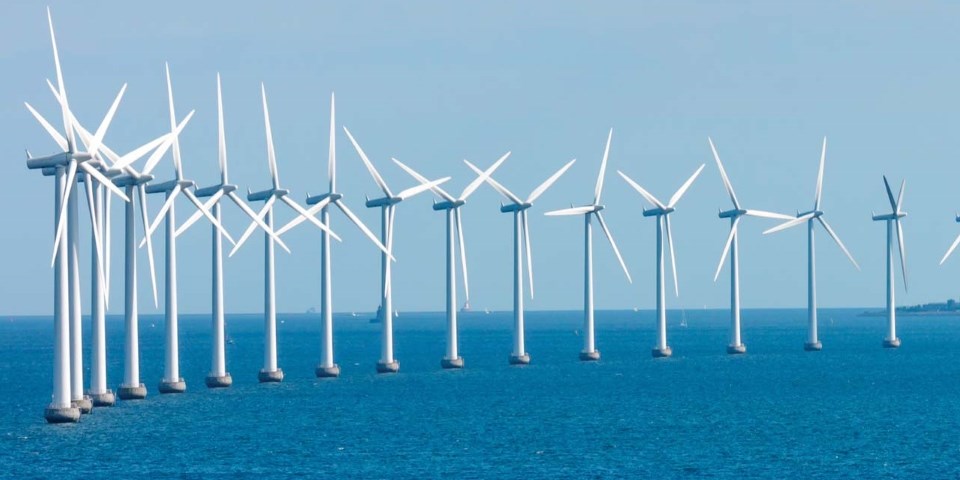NeSSIE aims to (i) develop and scope three offshore renewables demonstration projects relating to corrosion issues by drawing on existing maritime supply chain expertise, (ii) accelerate the deployment and cost reduction of wave, tidal and offshore wind devices, (iii) support the demonstration project developed to access public and private investment, and (iv) impact the North Sea Basin economy significantly. Partners active in NeSSIE are drawn from Scotland, Spain, Italy, Belgium and Sweden. They are: Scottish Enterprise, Basque Energy Cluster, ASTER, Lombardy Energy Cleantech Cluster, Sirris, Swedish Maritime Technology Forum-RISE, The University of Edinburgh and Fundación Asturiana de la Energía. Other parties in the Industry Advisory Group are Dalarna Science Park (Sweden), Offshore Energy Cluster (Denmark), Merinova (Finland), Highlands and Islands Enterprise (Scotland) and SPRI Group (Spain).
Anti-corrosion roadmap
NeSSIE has recently released a publication entitled ‘Roadmap for Anti-Corrosion Solutions in the Offshore Renewable Energy Sector’. Authored by Leonore van Velzen and Shona Pennock (both from the University of Edinburgh) this fortypage document presents the research undertaken within the preliminary stages of the NeSSIE project, outlining the current landscape of ACSs (Anti-Corrosion Solutions) with regards to the technology, market, finance, infrastructure and regulation already in place. From this existing landscape, key challenges have been identified which affect the commercialisation of ACSs within the ORE sector.
Based on the identified challenges, a set of recommendations to various key stakeholders, such as policy makers and device developers, has been produced. The potential impact of the NeSSIE project on the current landscape of ACS technology, market, finance, infrastructure and regulation is also discussed. These recommendations are a key output of this work.
The authors further state that, through generating corrosion issue awareness, providing connections between different sectors and assisting in the development of demonstration projects, NeSSIE will encourage the development of offshore renewable energy with the application of ACS and novel materials to tackle corrosion and reduce the cost of energy as offshore renewable energy moves towards commercialisation. By doing so, this will create job opportunities and generate industrial growth.
The report then goes into detail, covering topics such as the landscape (with observations on technology, the market, finance, infrastructure, etc), anti-corrosion solutions, and recommendations. Whilst beyond the scope of this brief report to go into too much detail, it seems that there is at least some potential for the stainless steel sector. For example, in section 3.1.1, investing novel anti-corrosion solutions and non-corrosive materials, the authors indicate that:
Modern offshore constructions are now more often being made of special alloys including high strength steel, stainless steel, aluminium and even titanium alloys. Low- and unalloyed steel however must always be protected because of their low corrosion resistance to marine environment. Currently, the best results are obtained by thick thermal spray aluminium or zincaluminium coatings, with or without additional paint layers. Smaller parts can be made of uncoated special stainless steels or nickel alloys. The number of innovative corrosion resistant alloys however is restricted.
Another interesting reference to stainless steels comes in section 4.1.5, on quality control, as follows:
Another example of standards being misrepresented in practice can be found with the preparation process for coatings. Certain materials, such as stainless steel, cannot be blasted with the same iron grit as the rest of the structure. However, practice has shown that, in certain cases, blasting stainless steel with iron grit followed by adequate coating gives very good results. However, as this is a deviation from the standards, it is not allowed. Such examples of deviations from standards resulting in important cost reductions, without apparent loss of performance, should be further validated and after a positive evaluation, taken up in standards.
The complete document can be found at
www.nessieproject.com, and then selecting ‘Library’ followed by ‘Research and Reports’.
About NeSSIE
The NeSSIE project (2017-2019) seeks to deliver new business and investment opportunities in corrosion solutions and new materials for offshore energy installations. The project aims to draw on North Sea regional expertise in traditional offshore sectors (i.e. oil and gas, shipbuilding) in order to develop solutions for emerging opportunities in offshore renewable energy sources (wave, tidal and offshore wind energy). The NeSSIE project is co-funded by the European Maritime and Fisheries Fund (EMFF).



